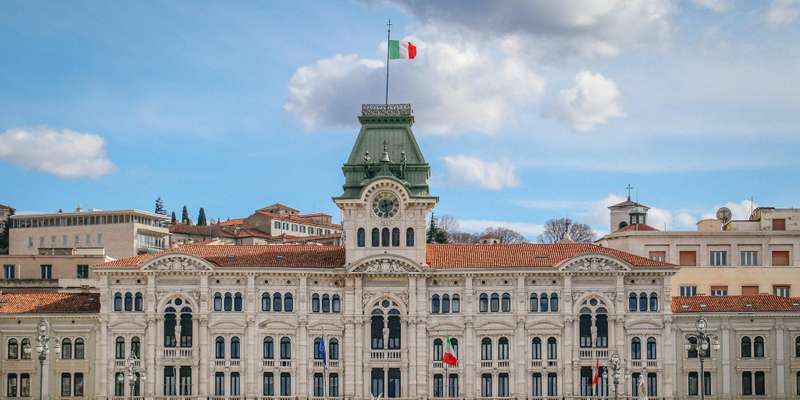- Home
- Useful Tips
- Where to find authentic...
Finding authentic Austro-Hungarian pastries in Trieste can feel like searching for a needle in a haystack. With over 70% of visitors reporting dissatisfaction with tourist-targeted bakeries, many leave without experiencing the city's rich dessert heritage. The frustration of dry strudels or overpriced sachertorte is real – especially when you've dreamed of flaky, buttery layers perfected over generations. Trieste's pastry scene hides in plain sight, with century-old recipes guarded by local bakers who rarely advertise. This cultural disconnect leaves travelers wandering between disappointing cafes, unaware that life-changing kipferl might be just around the corner from their hotel.


Why most tourists miss Trieste's best pastry spots
The challenge begins with geography – authentic Austro-Hungarian bakeries cluster in residential areas like San Giacomo or Servola, far from Piazza Unità's glittering cafes. These neighborhood institutions prioritize regulars over tourists, with unassuming storefronts that don't photograph well for Instagram. Language barriers compound the issue, as many owners still use dialect terms like 'putizza' instead of the Italian 'rotolo'. Seasonal variations also trip up visitors; proper presnitz requires autumn walnuts, while winter brings poppyseed-filled delicacies. Without local knowledge, you might visit during a traditional closure period or miss daily selling-out items like ribezzo by arriving after mid-morning.
Decoding Trieste's pastry shop hierarchy
Understanding Trieste's bakery tiers is crucial for authentic experiences. At the top sit historic establishments like Pasticceria Penso, operating since 1907 with original copper molds. Mid-tier includes family-run spots such as La Bomboniera, where third-generation bakers perfect their gubana. Even humble neighborhood bread bakeries often hide one or two perfected Austro-Hungarian specialties. The secret lies in display cases – authentic places showcase fewer but perfectly executed items rather than dozens of brightly colored pastries. Look for handwritten signs in German dialect, marble countertops worn smooth by decades of use, and the absence of English menus. These subtle cues lead you to where locals actually buy their Sunday treats.
Must-try Austro-Hungarian pastries and where to find them
Begin your tasting journey with strucolo de pomi, Trieste's distinctive apple strudel featuring pine nuts and raisins. For this, seek out Pasticceria Cattaruzza near the Roman Theater – their version uses a secret dough technique from 1920. Chocolate lovers should track down the lesser-known rigojancsi at tiny Macelleria alle Due Specialità, where the sponge cake absorbs rum like a Vienna opera house absorbs music. Don't overlook savory options either; the liptauer cheese spread on fresh bread at Buffet da Pepi showcases Hungarian influences. Morning visits are non-negotiable for warm fritole (custard-filled doughnuts) at Panificio Pasticceria Rudy, where the line forms before sunrise. Each establishment represents a different thread in Trieste's culinary tapestry.
Timing strategies for the ultimate pastry crawl
Mastering Trieste's pastry timetable transforms your experience. Traditional bakeries follow strict rhythms – most close Wednesday afternoons and Sundays, while Thursdays often mean fresh presnitz deliveries. Arrive before 9 AM to witness the magical moment when oven-warm krapfen emerge at Pasticceria Meyer. Late afternoons (3-5 PM) bring discounted day-old goods at places like Panificio Zoll, perfect for budget travelers. For seasonal specialties like fave dei morti cookies, target early November. Consider basing yourself near Via Geppa to access multiple top-tier bakeries within walking distance. The sweet spot? Combining an early start with knowledge of weekly baking schedules – because nothing beats biting into a jam-filled crostolo still warm from Pasticceria Torinese's wood-fired oven.



